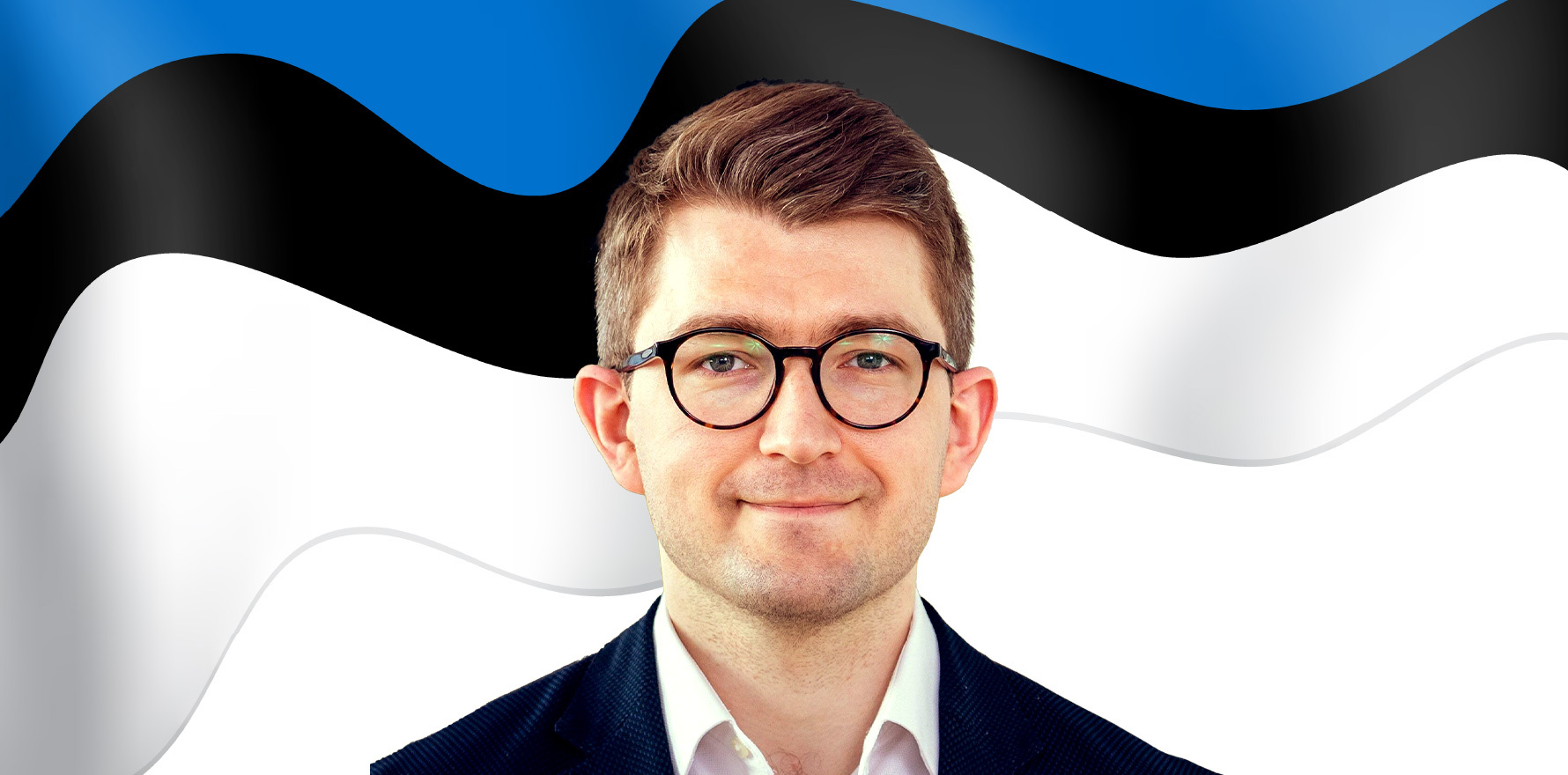The Baltic nation excels at data sharing and recognising the influence of non-health social factors on health.
I ambushed Priit Tohver during lunch at the Wild Health Summit in Sydney.
He’d flown from Estonia to engage in lively debate on how Australia’s health system compares to those overseas.
Mr Tohver is head of quality at North Estonia Medical Centre, Estonia’s largest medical services provider which serves half the population and deals with the most complex medical cases in the country.
Estonia is a digital state with longitudinal data in all of its government departments. They’re now starting to combine and use the data from diverse ministries to improve the health of the nation’s residents.
What is Estonia doing around social determinants of health?
We should be doing a lot more because a lot of health outcomes actually depend on factors entirely unrelated to the healthcare system. For example, are you employed? Are you recently divorced? That’s the kind of data that we actually have in the Estonian eState system, but we’re not feeding that back into the healthcare system.
In an ideal world, we would be using the data that we have on a governmental level to find risk groups and target interventions before some unwanted health outcomes take place. There is one good example of where we have started to do this.
There’s a screening program for NEET youth – young people who are not in education, employment or training. NEET youth tend to have a number of risk factors that might cause poor life outcomes, including poor health outcomes. We designed a system in Estonia to find these people because it’s not like people walk around stamped “NEET”.
So, we developed the system where we query different government databases to filter out people who are in a certain age group but they are not working, not in education, not in training, or not, for example, at home with a child. Then we send them a survey to check whether they do fall under the NEET category.
What do you do if the young person qualified as NEET?
We asked them, “are you interested in joining our program?” Then they get direct consultations with social workers that check in with them, ask them, “what’s going on; do you have trouble finding work; do you have trouble finding education?”
They come to us with all sorts of problems. Some people have health problems. For example, they don’t know how to get how to get healthcare provider attention. So, we just help them do that. Some want more education.
Level of education and level of employment each have a direct link to health outcomes. Statistically this has been proven numerous times but there was no way for the healthcare system to find these people because they don’t make it into the healthcare system in the first instance.
However, there is a way for the state to find them, provided you can combine the data that you already have, which is most likely sitting in silos in different parts of the country.
The whole program was ultimately made possible thanks to data interoperability at the nation state level. Otherwise, there would be no way for us to find these people who might need further support from the system.
Which government department paid for the NEET program?
In Estonia, we don’t have a Ministry of Health, we have a Ministry of Social Affairs that includes labour as well as social rehabilitation and healthcare. The Ministry of Social Affairs initiated NEET screening.
The fact that it’s combined already as a ministry helped overcome some of these silos. However, in order to pull it off we also needed data from the Ministry of Justice, from the Ministry of Interior, so on and so forth. So, we had to spearhead an effort to combine these data.
I wouldn’t say that it was a funding issue because the data was already there. It was simply a matter of figuring out a legal privacy-enhancing way to do this. If we had to start building a database that combined all of these factors, then you would have a lot of questions about who is going to fund it, but because this data was already there, it was really a question about how do we help our social workers find those most in need.
What has stood out to you most at this Wild Health Summit?
One of the things that really struck me was hearing the patient representative, Harry Iles-Mann, speak about what their expectations are for healthcare systems and healthcare systems digitalisation. One of the key takeaways for me was that you don’t just need a digitally literate population, you don’t just need a health literate population. You actually need a digitally health literate population who can help you design new pathways of care and systems that help patients and, in doing so, help health systems.
Do you have a digitally health literate population in Estonia?
Digital literacy is very high in Estonia, because we invested a lot in this during the 1990s. We don’t have a huge gap when it comes to digital competencies but I think we still have a way to go. For example, it’s not quite there yet when it comes to health literacy.
Up until this point, I think we felt that it’s enough to have a digitally literate population in order to digitise our health systems. But more and more, I’m realising that it is very difficult for patients to help us co-design better pathways without a strong understanding of how a healthcare system works.


